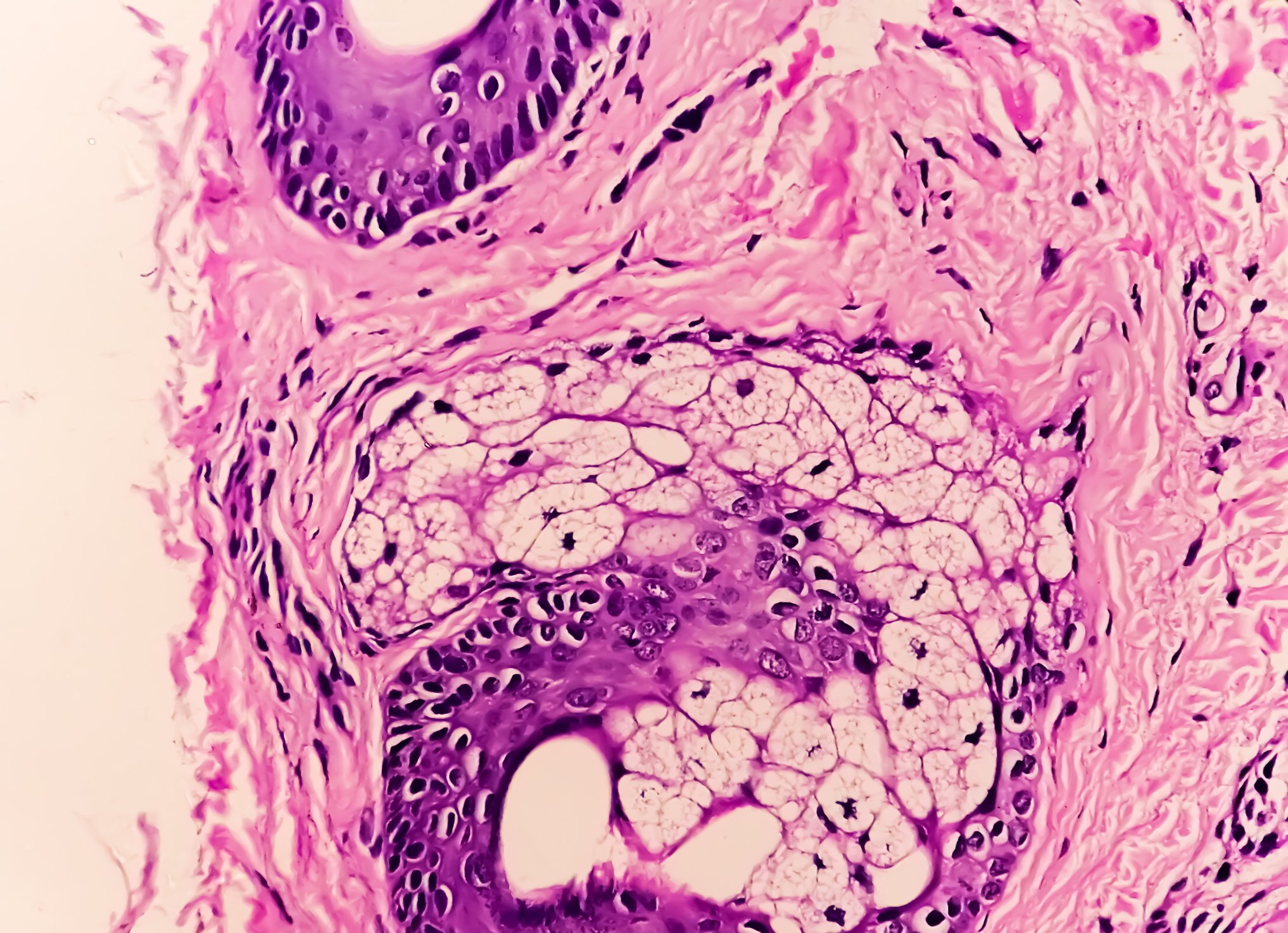About 10% of adolescent asthmatics have difficult-to-treat asthma. Poor adherence is a key problem in this age group and is largely responsible for poor symptom control. Early multidisciplinary management and effective transition from pediatric to adult care are important means to help young patients in the long term.
During adolescence, children undergo significant physiological and psychological changes, which also has implications for the prevalence, control, and severity of asthma disease. The older group of adolescents and young adults (11-25 years) face similar challenges and, accordingly, require a similar approach to chronic disease management such as bronchial asthma.
During adolescence, asthma can both remit, change to a mild form, or develop into a severe form. The causes for the abatement or exacerbation in adolescence are not fully understood. Overall, severe asthma is probably less common in children than in adults, and the overall prevalence of asthma at 10 years of age is reported to be 5%.
Among the most important factors that determine life during adolescence are academic and athletic performance and developing relationships. All of this can increase the risk of stress, anxiety, depression, or other mental health problems, write Prof. Dr. Adel Mansur of University Hospitals Birmingham and Dr. Nagakumar Prasad of Birmingham Women and Children’s Hospital [1]. Adolescents in such circumstances may tend to deny their illness, resulting in underdiagnosis and treatment, or may also over-express symptoms, resulting in overdiagnosis and treatment. In the latter group, patients’ symptoms do not match objective measures of asthma such as lung function.
High level of non-adherence among adolescents.
In addition, asthma disease in this age group is associated with irregular adherence to therapy and poor self-management. The complexity of factors responsible for the development of difficult-to-treat asthma (DTA) in adolescents requires a systematic approach to the evaluation and treatment of DTA. This consists of a focused and detailed history, physical examination, and performance of tests to confirm the objective diagnosis of asthma, as well as identification of triggers and concomitant diseases and factors leading to poor control (such as lack of compliance).
The high prevalence of nonadherence in DTA (≈40-50%) requires objective measurement of adherence. Information provided by patients or the impression of medical staff is often inaccurate, the authors said. Tools available to measure adherence include counting the prescription pickup rate or prescription possession rate and using dose counter chips attached to inhalers. The presence of high levels of fractional exhaled nitric oxide (FeNO) despite treatment with high-dose ICS is often considered a marker of nonadherence, leading to the development of the FeNO suppression test, which measures the extent of FENO suppression after direct or virtual observation of ICS dosing. Adherence to oral prednisolone/prednisone maintenance therapy can be measured with a validated liquid chromatography-tandem mass spectrometry assay that measures prednisolone and cortisol simultaneously. In treatment-naive patients, prednisolone and suppressive cortisol levels are expected to be detectable by sampling. Also, young people’s attitudes toward adherence could be assessed using validated questionnaires, which could facilitate the initiation of a discussion to improve adherence.
Risk of dependence on SABA
After evaluation of the assessment, a multidisciplinary team meeting must then be held to prioritize the necessary treatment steps and formulate short- and long-term goals. Most adolescent asthma patients should be able to live a normal life and achieve their goals while achieving good asthma control. Unsuccessful DTA treatment in young patients is often due to inadequate medical care rather than patient-related factors, Prof. Mansur and Dr. Prasad remind us.
Treatment of asthma in adolescent and young adult patients should follow accepted national and global guidelines such as GINA, i.e., a stepwise approach starting low-dose ICS and, depending on asthma control and exacerbation risk, gradually adding leukotriene antagonists (LTRA), long-acting β-agonists (LABA), long-acting antimuscarinic agonists (LAMA), or theophylline. Adolescent asthma patients tend to be overly dependent on short-acting β2-agonists (SABA), leading to an increased risk of poor control, exacerbations, and mortality. Patients with severe asthma should be treated according to stages 4-5 of the GINA guidelines; for severe cases, several biologics are now also available for adolescent patients ≥12 years (in some cases already ≥6 years).
Effective self-management improves disease severity
Adolescent patients should be empowered to self-manage their asthma as early as possible, doctors write. They should be able to self-assess their asthma control, reduce dependence on SABA, measure peak expiratory flow rate, and increase or decrease treatment as needed. Virtual mobile/web-based self-management will be used more in the future, he said, and is likely to become the primary method of applying self-management in the age of smartphone applications.
Effective self-management and treatment adherence result in significant improvement in asthma and reduce the need to extend treatment to OCS or biologics. However, in a minority of patients, asthma remains uncontrolled despite optimization of treatment in GINA stages 4-5. Severe asthma is a heterogeneous disease that requires systematic phenotyping to identify treatable characteristics to which treatment can be tailored. The treatment strategy should therefore include staged treatment trials, review and evaluation of response, and long-term continuation of treatment in the event of a satisfactory response or discontinuation, as well as consideration of a change in therapy in the event of a negative outcome from treatment trials.
Transition from pediatric to adult care
Transition should be focused on the adolescent patient and include tracking progression, identifying key knowledge areas that need further development, and preparing a transition report for the adult asthma service. The transition report should cover areas such as medical history, comorbidities, emergency management plans, and other factors related to the youth such as schooling, employment, and psychological well-being.
From their own experience in Birmingham, Prof. Mansur and Dr. Prasad recommend for transitional care close collaboration between members of the pediatric and adult severe asthma teams through regular joint multidisciplinary team (MDT) meetings, use of common protocols and assessment tools, and family involvement to support the young patient’s independence and self-management.
Literature:
- Mansur AH, Prasad N: Management of difficult-to-treat asthma in adolescence and young adults. Breathe 2023; 19: 220025; doi: 10.1183/20734735.0025-2022.
InFo PNEUMOLOGY & ALLERGOLOGY 2023; 5(3): 20-22.











